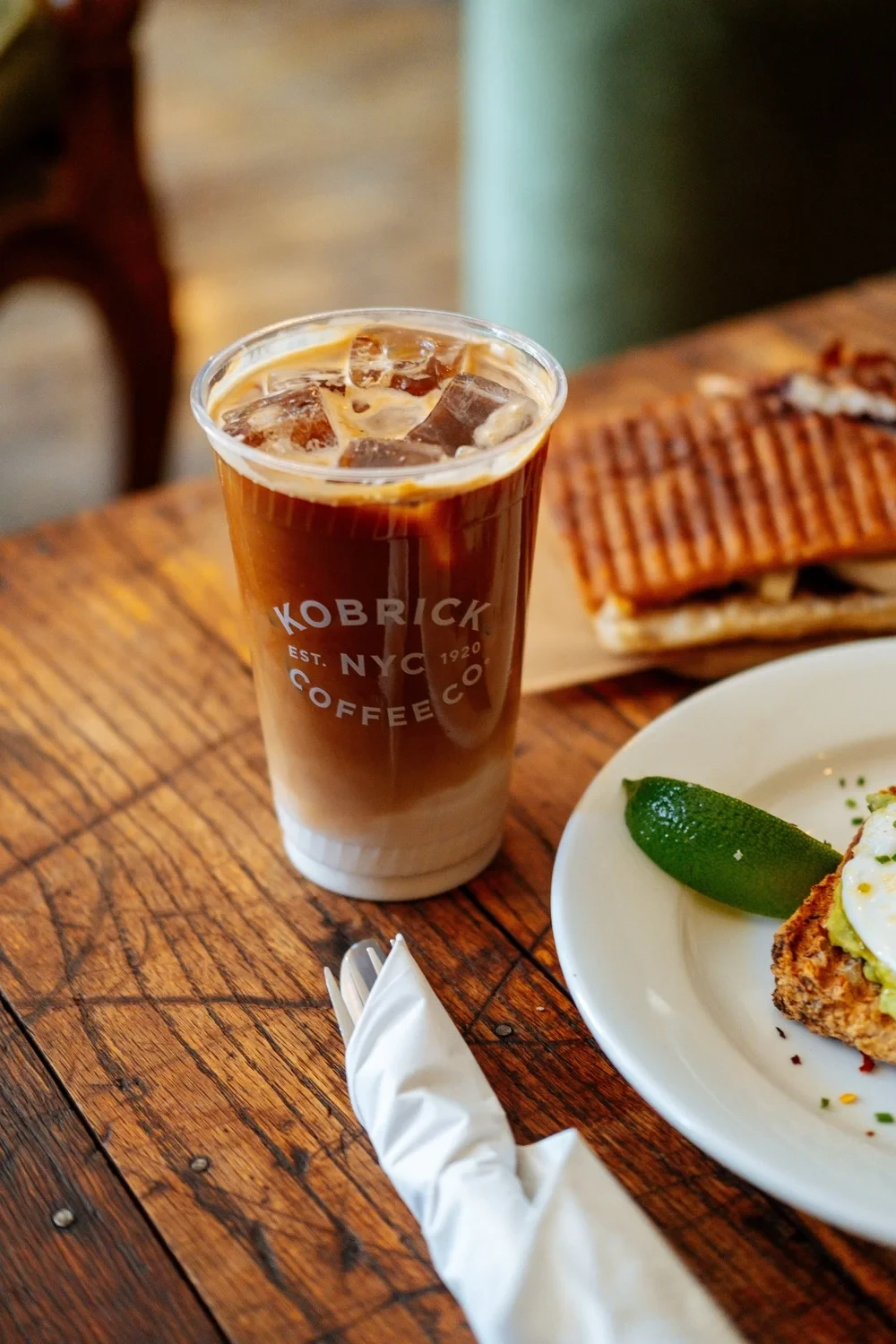The Art of Packing Boxes An Essential Guide
In our fast-paced world, the art of packing boxes has become more than just a logistical necessity; it is a skill that every individual should master whether moving to a new home, shipping items for a business, or even just organizing personal belongings. Proper packing can not only ensure the safety of your items, but also make your moving or shipping experience smoother and more efficient.
Understanding the Importance of Packing
Packing boxes effectively is critical for several reasons. First, it protects your belongings. Fragile items, for example, need special attention to prevent breakage during transit. Secondly, proper packing maximizes space utilization, allowing you to transport or store more items in a single trip. Finally, well-packed boxes can save money. Shipping costs often depend on the size and weight of the package, so efficient packing can reduce overall expenses.
Choosing the Right Materials
Before you begin packing, it’s essential to gather the appropriate materials. The type of box needed will depend on what you’re packing. There are several types of boxes available such as
1. Regular Slotted Containers (RSC) These are the most common and are suitable for a variety of items. 2. Full Overlap Boxes (FOL) These provide extra strength and are ideal for heavier items. 3. Cube Boxes Perfect for small, heavy items, cube boxes allow for efficient stacking.
In addition to boxes, you’ll need packing materials such as bubble wrap, packing paper, and packing tape to secure your items. It's beneficial to have a good pair of scissors and a marker for labeling.
The Packing Process
Now that you have your materials, it’s time to start packing! Follow these steps for an organized approach
packing box

1. Sort Your Items Before you start packing, go through your belongings and decide what to keep, donate, or discard. This not only reduces the number of items to pack but also simplifies unpacking later.
2. Prepare Your Boxes Assemble your boxes by folding the flaps down and securing the bottom with packing tape. For heavier boxes, it’s advisable to use multiple strips of tape for added strength.
3. Layer for Protection When placing items in the box, start with a layer of padding at the bottom. This could be packing paper, bubble wrap, or even clothing that you want to protect. Fragile items should be wrapped individually and placed in the box in a way that they won’t touch each other.
4. Fill the Gaps As you pack, use padding to fill gaps and prevent items from shifting during transit. This is especially important for breakable items.
5. Seal and Label Once the box is full, seal it securely with tape. Then, use a marker to label the box with its contents and the room it belongs to. This will make unpacking significantly easier.
Special Considerations
When packing fragile, valuable, or special items, consider additional precautions. For electronics, retain their original packaging if possible, as it is designed to provide the best protection. For delicate items like glassware, never rush; take your time to ensure each piece is carefully packed.
When shipping items, familiarize yourself with the shipping company’s regulations regarding weight limits and prohibited items. This will prevent surprises and delays.
Conclusion
In conclusion, the art of packing boxes is an invaluable skill that can streamline your moving or shipping process while protecting your possessions. By choosing the right materials, following a systematic packing process, and taking special care with fragile items, you can ensure that your boxes arrive safely and intact. Whether you are moving across town or sending a package across the country, mastering the art of packing will save you time, money, and stress. So next time you face the task of packing, remember these tips and make it an organized and efficient endeavor!



